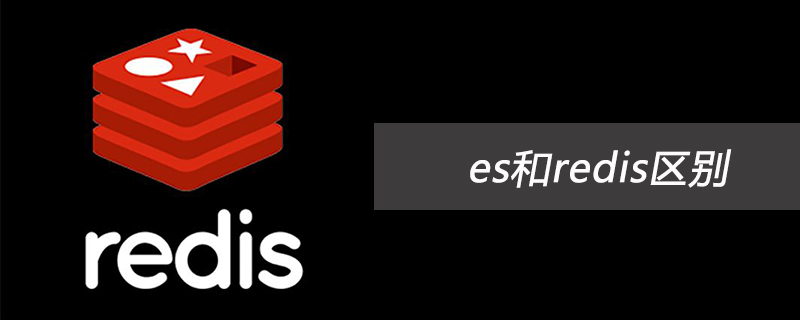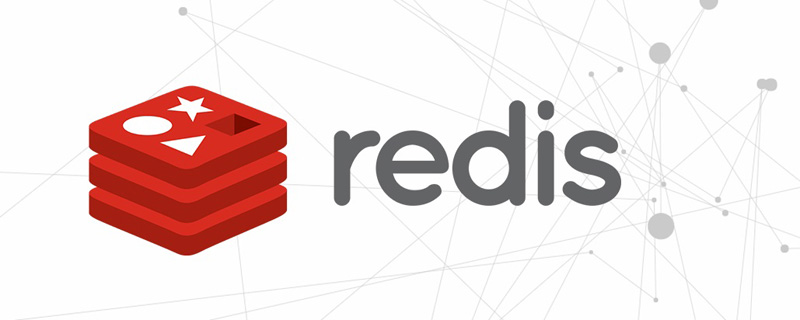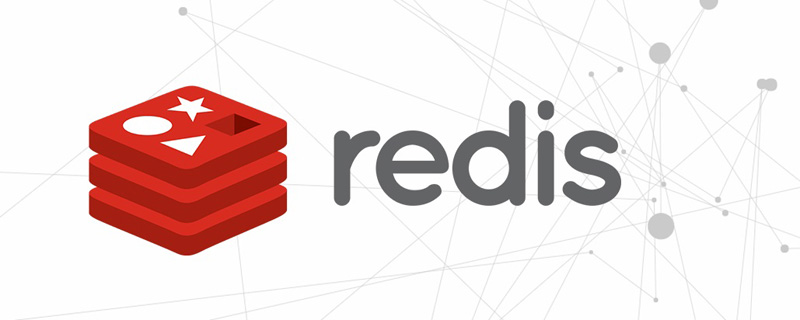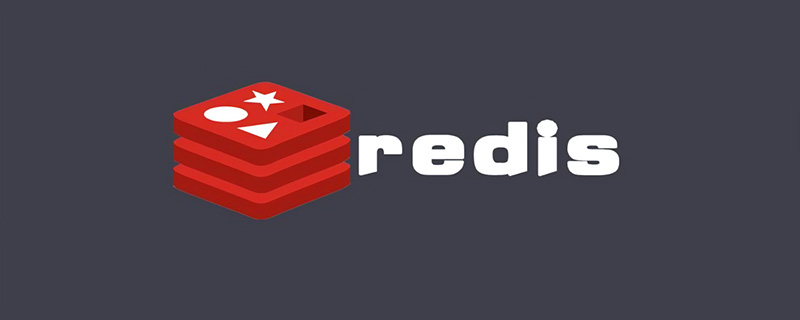
Redis communicates through sockets. The socket server can accept multiple client connection requests at the same time. In other words, the redis service faces multiple redis client connections at the same time. request, and the redis service itself runs in a single thread. (Recommended Learning: Redis Video Tutorial )
## This assumes that now there are five clients of A, B, C, D, and E to initiate Redis requests at the same time. The first one arrives, then B, C, D, and E arrive in sequence. At this time, the redis server starts processing the A request. It takes 30 seconds to establish the connection, 10 seconds to obtain the request data, and then 0.1 seconds to process the data and send the data back to It takes 5 seconds on the client side and about 45 seconds in total. In other words, the next B request needs to wait 45 seconds. Note here that these five requests may be almost at the same time. Since the socket can handle multiple requests at the same time, the time difference in the network connection phase can be ignored, but in In the second stage, the server needs to do nothing and sit and wait for 10 seconds, which is intolerable for the CPU and the client. So the efficiency of single thread is very, very low, but precisely because of these similar problems, Redis single thread does not run like this in nature. Next, we will discuss the real single-threaded operation mode of redis.The connection between the client and the server is established by socket. Multiple connections can be established at the same time. (This should be multi-thread/multi-process), The established connection is redis You know (why you know, go to socket programming, again emphasizing the basics is very important), Then redis will detect which connection has received the client's request data based on these established connections.
Note: It is not to detect which connection has been established, but to detect which one has received the request data, and the detection action here is the start of a single thread. Once detected, it is based on the received The data starts the data processing phase, then returns the data, and then continues to detect the next network connection that has received the requested data.
Note that the entire process from detection to data processing to data return is single-threaded.
This should be the so-called redis single thread. We don’t need to care about how complicated the internals are. What we pursue is to understand the process and demand the principles, but we cannot dig out all the internal organs.
Redis Getting Started Tutorial column to learn!
The above is the detailed content of How to understand redis single thread. For more information, please follow other related articles on the PHP Chinese website!
 es和redis区别Jul 06, 2019 pm 01:45 PM
es和redis区别Jul 06, 2019 pm 01:45 PMRedis是现在最热门的key-value数据库,Redis的最大特点是key-value存储所带来的简单和高性能;相较于MongoDB和Redis,晚一年发布的ES可能知名度要低一些,ES的特点是搜索,ES是围绕搜索设计的。
 一起来聊聊Redis有什么优势和特点May 16, 2022 pm 06:04 PM
一起来聊聊Redis有什么优势和特点May 16, 2022 pm 06:04 PM本篇文章给大家带来了关于redis的相关知识,其中主要介绍了关于redis的一些优势和特点,Redis 是一个开源的使用ANSI C语言编写、遵守 BSD 协议、支持网络、可基于内存、分布式存储数据库,下面一起来看一下,希望对大家有帮助。
 实例详解Redis Cluster集群收缩主从节点Apr 21, 2022 pm 06:23 PM
实例详解Redis Cluster集群收缩主从节点Apr 21, 2022 pm 06:23 PM本篇文章给大家带来了关于redis的相关知识,其中主要介绍了Redis Cluster集群收缩主从节点的相关问题,包括了Cluster集群收缩概念、将6390主节点从集群中收缩、验证数据迁移过程是否导致数据异常等,希望对大家有帮助。
 Redis实现排行榜及相同积分按时间排序功能的实现Aug 22, 2022 pm 05:51 PM
Redis实现排行榜及相同积分按时间排序功能的实现Aug 22, 2022 pm 05:51 PM本篇文章给大家带来了关于redis的相关知识,其中主要介绍了Redis实现排行榜及相同积分按时间排序,本文通过实例代码给大家介绍的非常详细,对大家的学习或工作具有一定的参考借鉴价值,希望对大家有帮助。
 详细解析Redis中命令的原子性Jun 01, 2022 am 11:58 AM
详细解析Redis中命令的原子性Jun 01, 2022 am 11:58 AM本篇文章给大家带来了关于redis的相关知识,其中主要介绍了关于原子操作中命令原子性的相关问题,包括了处理并发的方案、编程模型、多IO线程以及单命令的相关内容,下面一起看一下,希望对大家有帮助。
 一文搞懂redis的bitmapApr 27, 2022 pm 07:48 PM
一文搞懂redis的bitmapApr 27, 2022 pm 07:48 PM本篇文章给大家带来了关于redis的相关知识,其中主要介绍了bitmap问题,Redis 为我们提供了位图这一数据结构,位图数据结构其实并不是一个全新的玩意,我们可以简单的认为就是个数组,只是里面的内容只能为0或1而已,希望对大家有帮助。
 实例详解Redis实现排行榜及相同积分按时间排序功能的实现Aug 26, 2022 pm 02:09 PM
实例详解Redis实现排行榜及相同积分按时间排序功能的实现Aug 26, 2022 pm 02:09 PM本篇文章给大家带来了关于redis的相关知识,其中主要介绍了Redis实现排行榜及相同积分按时间排序,本文通过实例代码给大家介绍的非常详细,下面一起来看一下,希望对大家有帮助。
 一起聊聊Redis实现秒杀的问题May 27, 2022 am 11:40 AM
一起聊聊Redis实现秒杀的问题May 27, 2022 am 11:40 AM本篇文章给大家带来了关于redis的相关知识,其中主要介绍了关于实现秒杀的相关内容,包括了秒杀逻辑、存在的链接超时、超卖和库存遗留的问题,下面一起来看一下,希望对大家有帮助。


Hot AI Tools

Undresser.AI Undress
AI-powered app for creating realistic nude photos

AI Clothes Remover
Online AI tool for removing clothes from photos.

Undress AI Tool
Undress images for free

Clothoff.io
AI clothes remover

AI Hentai Generator
Generate AI Hentai for free.

Hot Article

Hot Tools

Safe Exam Browser
Safe Exam Browser is a secure browser environment for taking online exams securely. This software turns any computer into a secure workstation. It controls access to any utility and prevents students from using unauthorized resources.

SublimeText3 Linux new version
SublimeText3 Linux latest version

SublimeText3 Chinese version
Chinese version, very easy to use

Notepad++7.3.1
Easy-to-use and free code editor

SublimeText3 Mac version
God-level code editing software (SublimeText3)






